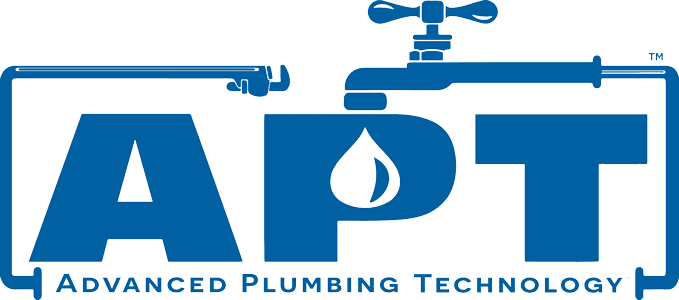Understanding Septic System Components: How Everything Works Together
January 2nd, 2023Posted by Brian Shoemaker
At Advanced Plumbing Technology, we take pride in providing you with comprehensive insights into the intricate world of septic systems. Your septic system is a vital component of your property’s plumbing infrastructure, responsible for managing and treating wastewater. In this detailed guide, we’ll delve into the various septic system components and how they collaborate harmoniously to ensure efficient and eco-friendly wastewater treatment.
The Septic Tank: A Crucial Foundation
The septic tank serves as the cornerstone of your septic system, where raw wastewater from your property is initially collected. This underground chamber is typically made of durable materials such as concrete or fiberglass and is designed to separate solids, oils, and grease from the wastewater. These heavier particles settle at the bottom of the tank, forming sludge, while lighter substances like oils and fats float to the top, creating scum.
Inlet and Outlet Pipes: Managing Wastewater Flow
Inlet and outlet pipes are integral components that facilitate the movement of wastewater within the septic system. The inlet pipe allows untreated wastewater to flow into the septic tank, while the outlet pipe ensures that clarified liquid effluent exits the tank and enters the next stage of treatment. Proper placement and sizing of these pipes are crucial to maintaining a steady flow and preventing backups.
Baffles for Improved Efficiency
Septic tanks are equipped with baffles, which are internal partitions that enhance the separation process. The inlet baffle directs incoming wastewater downward, preventing the disturbance of settled solids. The outlet baffle, on the other hand, prevents scum from escaping the tank and entering the drainfield. Well-maintained baffles contribute significantly to the septic system’s overall functionality.
The Drainfield: Filtering and Treating Effluent
After the wastewater undergoes primary treatment in the septic tank, the clarified effluent flows into the drainfield, also known as the leach field. This is where the magic of natural filtration and treatment takes place. The drainfield consists of perforated pipes buried in gravel-filled trenches. These pipes evenly distribute effluent into the soil, allowing beneficial bacteria to break down harmful pathogens and pollutants.
Soil as Nature’s Filter
The soil beneath the drainfield acts as a natural filter, purifying the effluent as it percolates through different layers. Microorganisms in the soil play a pivotal role in breaking down organic matter and neutralizing harmful substances. This final treatment stage ensures that the effluent is safely returned to the groundwater, completing the wastewater treatment cycle.
Routine Pumping and Maintenance
To ensure the longevity and effectiveness of your septic system, regular maintenance is imperative. At Advanced Plumbing Technology, we recommend scheduling professional septic tank pumping every 3 to 5 years. Pumping removes accumulated sludge and scum, preventing clogs and system failures. Additionally, our experts conduct thorough inspections to identify any potential issues and provide timely solutions.
Avoiding Common Pitfalls
A well-maintained septic system can provide decades of reliable service. However, there are several common pitfalls that property owners should be aware of. Excessive water usage, disposal of non-biodegradable items, and the use of harsh chemicals can disrupt the delicate balance of the septic system. It’s essential to adopt water-saving practices and be mindful of what goes down the drain.
Innovative Technologies for Enhanced Performance
At Advanced Plumbing Technology, we embrace innovation to deliver cutting-edge solutions for septic system optimization. Advanced aerator systems, biofilter units, and septic system alarms are just a few examples of the technologies we incorporate. These innovations enhance treatment efficiency, prolong system life, and provide real-time monitoring to prevent potential issues.
Conclusion
Understanding the intricacies of septic system components is crucial for maintaining a healthy and functional wastewater treatment system. From the septic tank and baffles to the drainfield and soil, each element plays a vital role in ensuring effective wastewater treatment. By partnering with experts like Advanced Plumbing Technology, you can enjoy peace of mind knowing that your septic system is in capable hands. Remember, regular maintenance and mindful usage are key to a sustainable and reliable septic system that benefits both your property and the environment.
